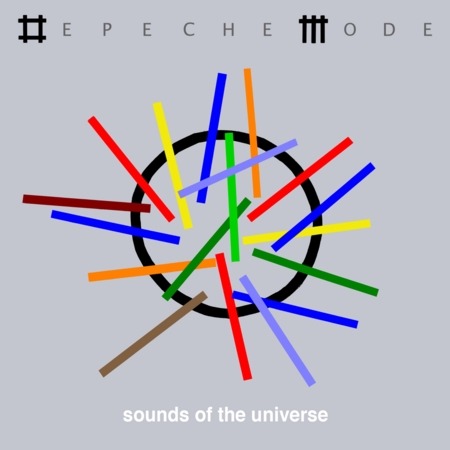 I have always been a bit sceptical about the supposed ‘warmth’ and dynamic range of LP’s compared to CD’s and other digital sources. To me there was little difference between the sonic characteristics of analogue and digital sources other than the obvious crackles and associated background noise a vinyl LP always generates.
I have always been a bit sceptical about the supposed ‘warmth’ and dynamic range of LP’s compared to CD’s and other digital sources. To me there was little difference between the sonic characteristics of analogue and digital sources other than the obvious crackles and associated background noise a vinyl LP always generates.Yet as I begin to rediscover my vinyl collection I am stuck by the difference between these analogue sources and their digital counterparts I have become accustomed to. In the last week the new Pet Shop Boys album ‘Yes’ has been released as a limited edition of 1000 heavy weight vinyl LP’s. Since it’s original release in March I have become very familiar with this album from its CD and MP3 versions. On playing the LP for the first time, I was struck by the difference in sound.
This difference is best described by one of my recent experiences in a high end Hi-fi retailer. I was present at a listening session in which I was confident of not being able to det
 ect the difference between a £1000 Japanaese manufactures amplifier and a £3500 British manufactures amplifier. Surely there isn’t much difference that an amplifier can make is there? Wrong, very wrong. Another listener best described the difference between the two as: “The Japanese amplifier sounded like you were listening to a CD. The British one made you feel like the singer was in the room.” Thus what I always assumed was a relatively benign component of an audio set up was clearly illustrated as making an enormous impact in the characteristics of the sound. When you consider the original source is likely to make an even bigger impact on the characteristics of the music you listen to than the amplifier, it makes careful consideration of the source a worth while exercise.
ect the difference between a £1000 Japanaese manufactures amplifier and a £3500 British manufactures amplifier. Surely there isn’t much difference that an amplifier can make is there? Wrong, very wrong. Another listener best described the difference between the two as: “The Japanese amplifier sounded like you were listening to a CD. The British one made you feel like the singer was in the room.” Thus what I always assumed was a relatively benign component of an audio set up was clearly illustrated as making an enormous impact in the characteristics of the sound. When you consider the original source is likely to make an even bigger impact on the characteristics of the music you listen to than the amplifier, it makes careful consideration of the source a worth while exercise.Analogue sources DO sound warmer and offer a much greater dynamic range than their digital counterparts. The best way to detect this is to listen to one source or the other exclusively for a long time. Then swap to the alternative source whilst retaining the same audio set up; the difference is quite striking and is enhanced the more familiar you are with the original recording.
Having said that, not all vinyl is created equal. I have plenty of flimsy and scratched 12” singles that offer the same sound quality as if it were being played into a wind tunnel whilst the sound of a gas leak steadily pesters your ears. The key to a fantastic listening experience is in the quality of the source and with their latest LP release Pet Shop Boys have excelled once again. You have no excuse for not owning a turntable.











